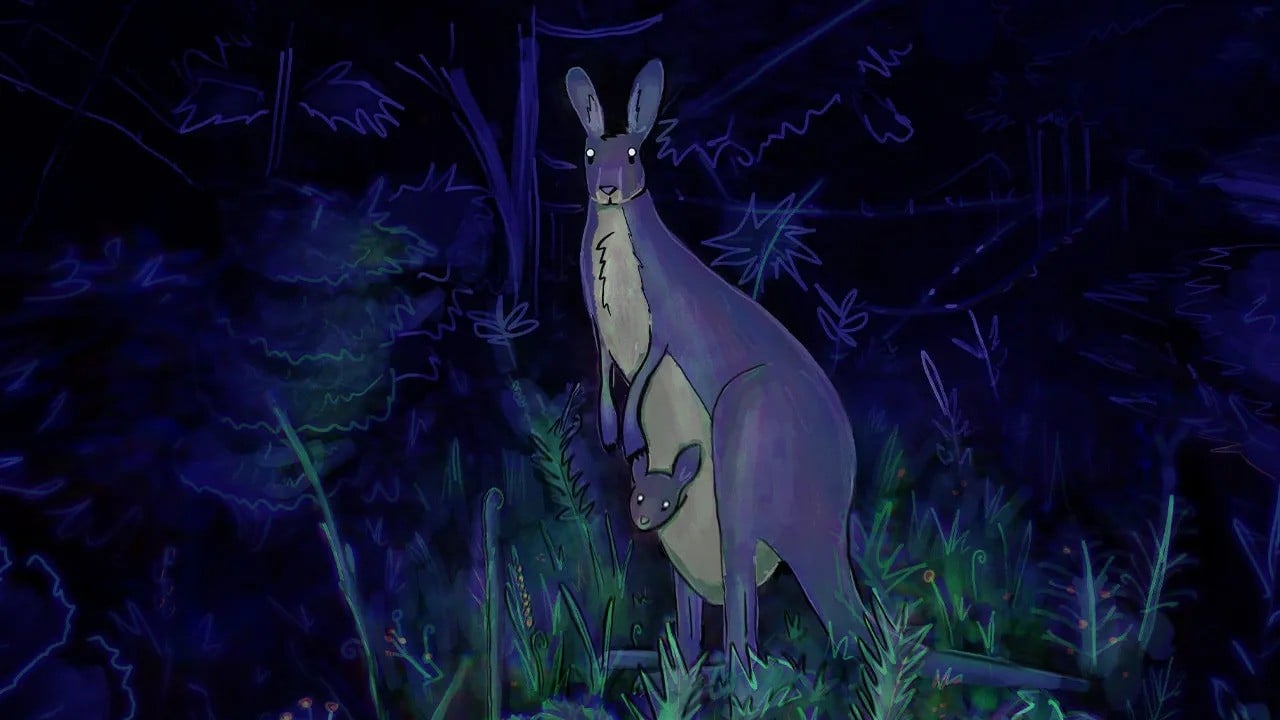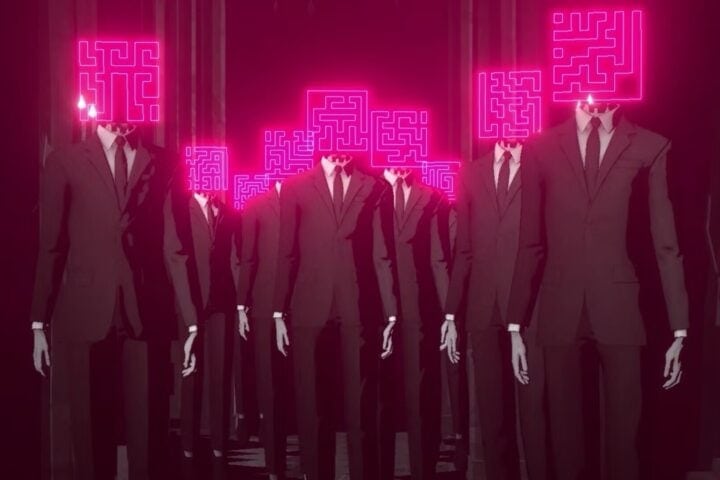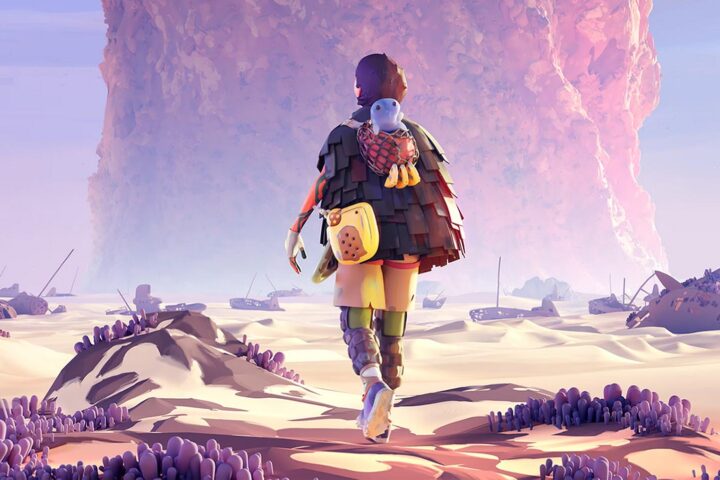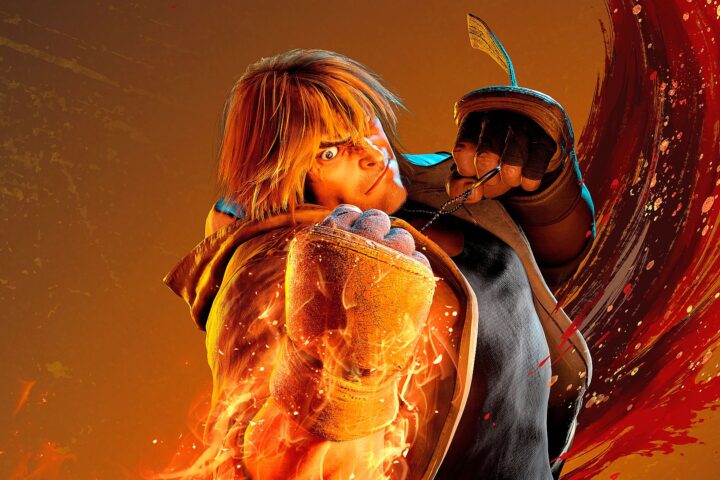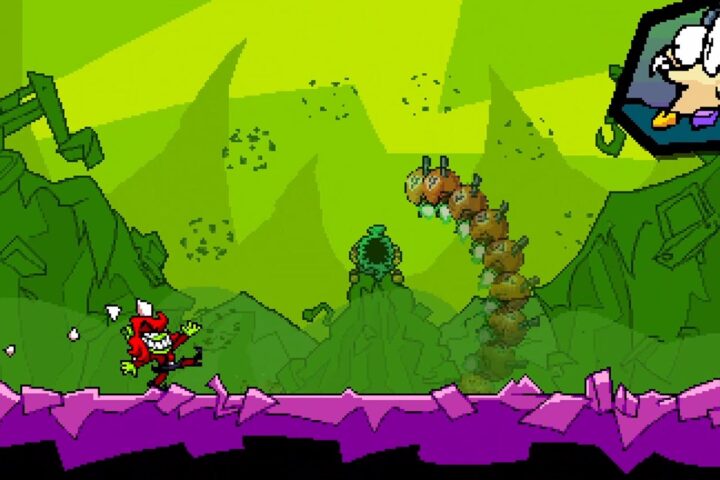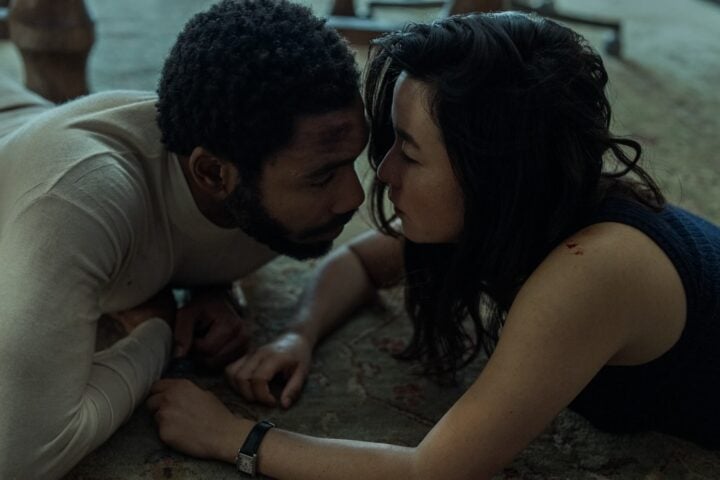With each passing year, it seems like we see fewer blockbuster games. When it comes to first-party releases, this could partly be a symptom of the fact that the three major consoles are reaching the back half of their life cycles. But with budgets and development times of what you could loosely call AAA games as big as ever, this also looks to be an overarching trend. But this is far from a sign of stagnation for games. In fact, a glance at our list of the best 25 best games of 2024 reveals a landscape that’s both rich and varied.
There are perhaps more big RPGs on our list this year than in most, with at least a half dozen games whose stories would take most players weeks, if not months, to digest. But in a genre that already feels loosely defined, the RPGs on display here are particularly far-flung. For one, no other games on our list come close to replicating the playfully humanistic shenanigans of Like a Dragon: Infinite Wealth, the demanding exploration of Elden Ring: Shadow of the Erdtree, or the adventure-as-political-campaign of Metaphor Re:Fantazio.
Looking beyond RPGs, variety may not even be a strong enough word to describe the boldness of experimentation on display. Our top five alone features an entire 8-bit alternate universe and a reimagining of poker so radical that the end product bears only a passing resemblance to the actual card game. Keep going all the way down this list and there are still more games doing things you’ve never quite seen before. And each one serves as a reminder that, despite the questionable feasibility of the economics of the most expensive games, there’s never been more room in the medium for creativity to get up and stretch its legs. Mitchell Demorest
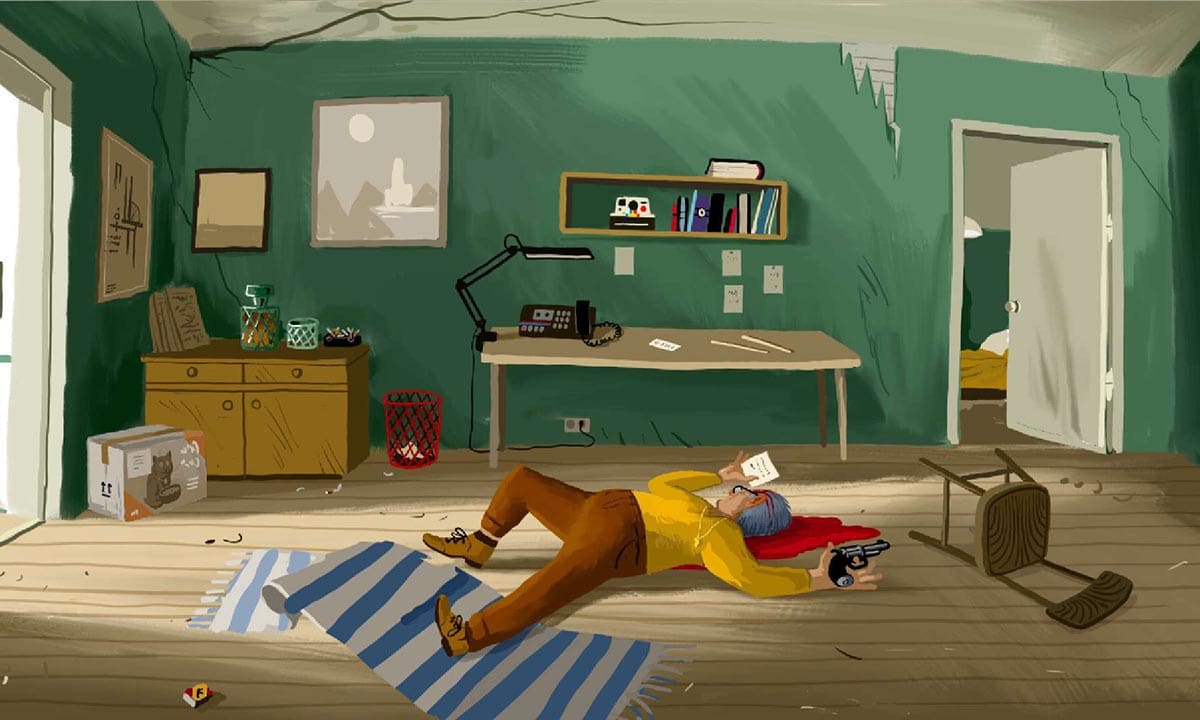
25. Rise of the Golden Idol (Color Gray Games)
Familiarity hardly dulls the delight of this series’s ingenious structure. Not only does the gameplay approach of Rise of the Golden Idol, as in The Case of the Golden Idol, string players along by enticing them to solve just one more puzzle, it breaks a more complex scenario into manageable chunks, laying breadcrumbs to the final solution at the same time as it playfully sows the scene with red herrings. The more lively and vibrant a vignette may be, the more details you have to parse. Which isn’t to say that Rise of the Golden Idol is a simple victory lap. The presentation has seen a considerable upgrade, with the game swapping out its predecessor’s pixelated stylings for smoother art that allows for more detail and further emphasizes the caricatured designs. By playing to the strengths of the first game’s concept through even more intricate puzzle design, it offers a worthy follow-up in a spirited new setting. Steven Scaife

24. Buckshot Roulette (Mike Klubnika)
There technically isn’t much to Buckshot Roulette, even after a recent update added multiplayer. You enter a distinctly Eastern European industrial club from a bathroom seemingly designed by H.R. Giger, walk across a balcony and kick down a door where a shadowy man with a Cheshire cat grin sits across from you, and the two of you play Russian Roulette with a shotgun. There are some concessions to the fact that it’s a video game: There are perks that essentially make the game do for Russian Roulette what Balatro does for poker, and, yes, you can get shot multiple times in the face, then get defibrillated back to life. But Buckshot Roulette is a vibe above all else. Even with death an uncertainty, there’s something distinctly uneasy and distressing and hellish about the whole endeavor that makes it somehow simultaneously one of 2024’s most unpleasant gaming experience and one of the most unforgettable and unique. Justin Clark

23. Neva (Nomada Studio)
Neva is decidedly more kinetic than Nomada Studio’s debut outing, Gris, partly because the movement is more fluid and a bit faster, but mostly because it adds combat to the mix. In general, these fights flow smoothly and gracefully at a medium pace. The fights are primarily visual spectacles, which exist to set the game’s striking illustrations in bold, highly dramatic motion. The themes here are painted with a broad brush, but their refusal to get down to specifics doesn’t mean that they don’t still ring true. The game bittersweetly fixates on parenthood, as you watch Neva herself grow and outpace Alba as the seasons pass, and on the destruction of the natural world, which in turn makes it more hostile and violent. And then there’s the connective thread between the two—that even when it feels like everything is falling apart, because sometimes it literally is, the only thing you can do is keep moving. Demorest
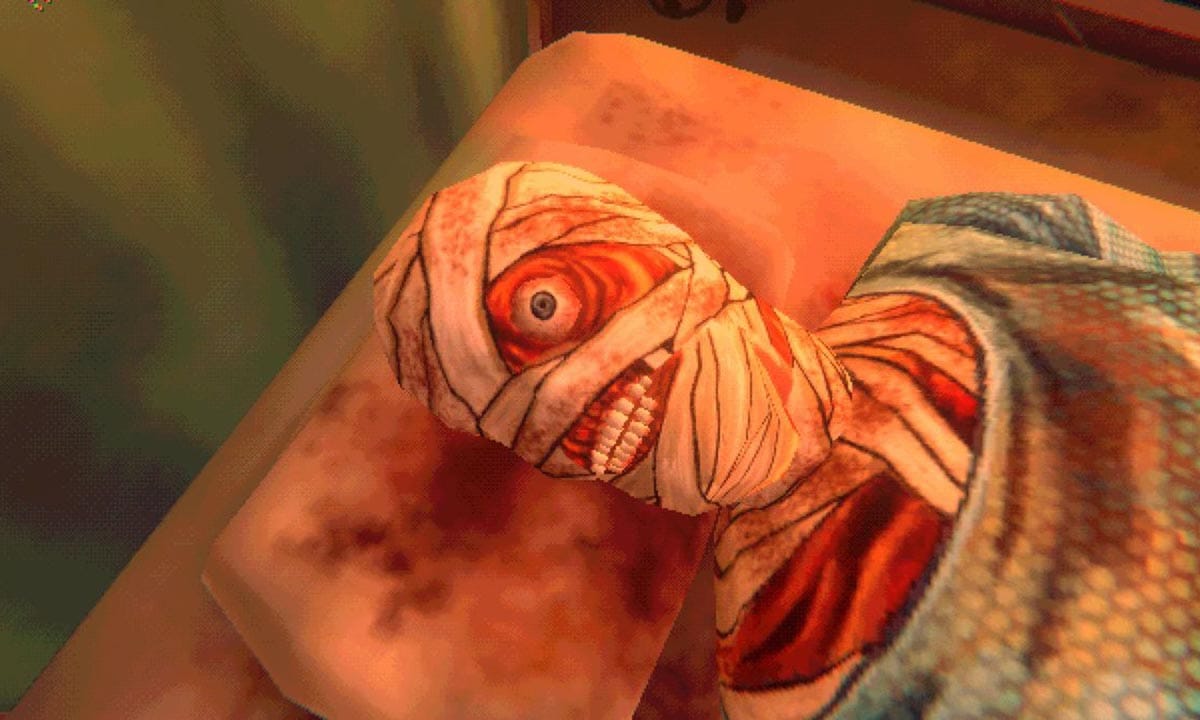
22. Mouthwashing (Wrong Organ)
In Mouthwashing, the space freighter Tulpar’s captain is the ever-present, screaming, squelching, bleeding proof of crimes committed and being paid for by the rest of the ship’s marooned crew. He’s the game’s most immediately traumatizing image, and while the developers at Wrong Organ are more than happy to put the Tulpar’s co-pilot up close and personal with that nightmare, the rest of the game’s horrors are less obvious, as well as more haunting. It’s a perfect formula for atrocities: a crew of space truckers trapped on a crashed ship with a slew of unspoken personal crimes eating away at morale and sanity, a dwindling food supply very quickly making the ship’s nearly boundless cargo of mouthwash look increasingly appetizing, and the hope of rescue slipping away every passing day. Even with its PS1-era graphics, no gaming experience this year more effectively got under our skins. Clark
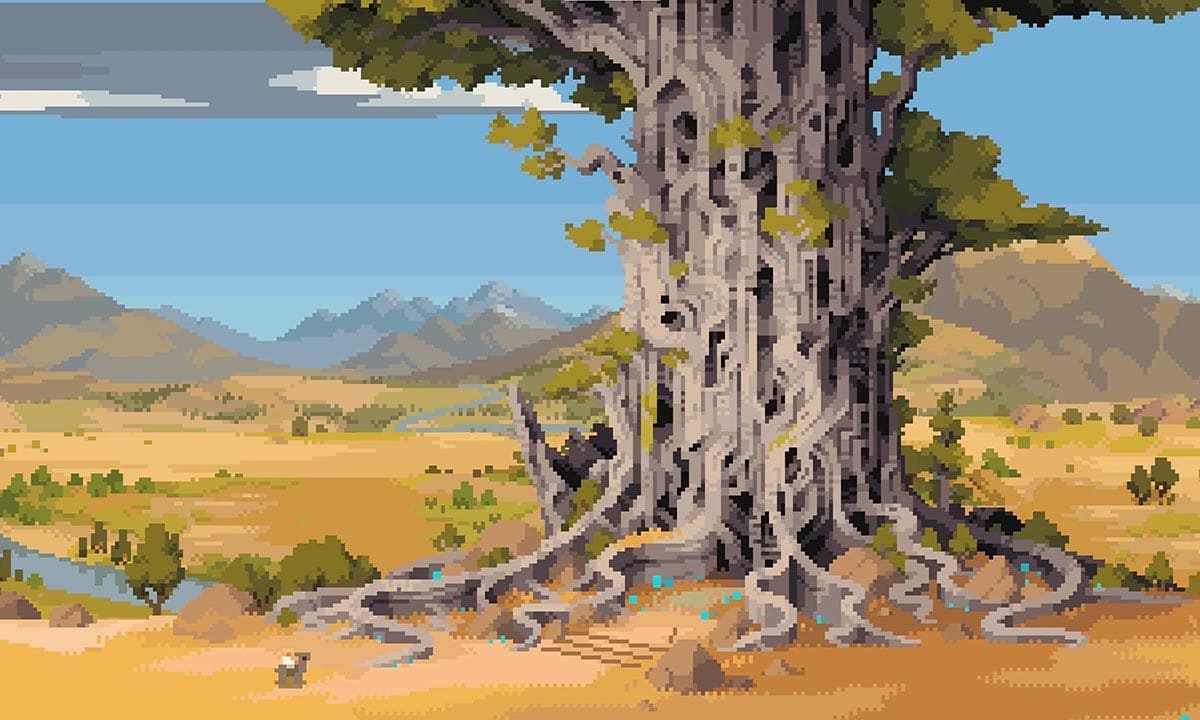
21. Arco (Franek, Max Cahill, Bibiki, and Fáyer)
Arco’s Mesoamerican setting jumps out immediately with cultural signifiers. Tamales are healing items and there’s talk of pozole around the campfire. Panoramic scenes of deserts, plains, mountains, villages, and monasteries are lush, varied, and arresting. Magical elements add an air of mystery, but things never get so fantastical as to undermine the aptly somber tone of a story that sees you resisting the conquests of the explicitly colonial Red Company. It’s all brought together with a brooding soundtrack that ranks among the best ambient game scores of recent memory. As an RPG, this pulls no punches when it comes to decision-making. There’s danger everywhere, and even small missteps can land you (and those around you) in serious peril. The deeply weird quasi-turn-based combat can come off like a rough draft at times, but your bow-wielding protagonists fight in such a contrasting way with the gun-toting colonizers arrayed against them that it adds plenty of thematic texture anyway. Demorest
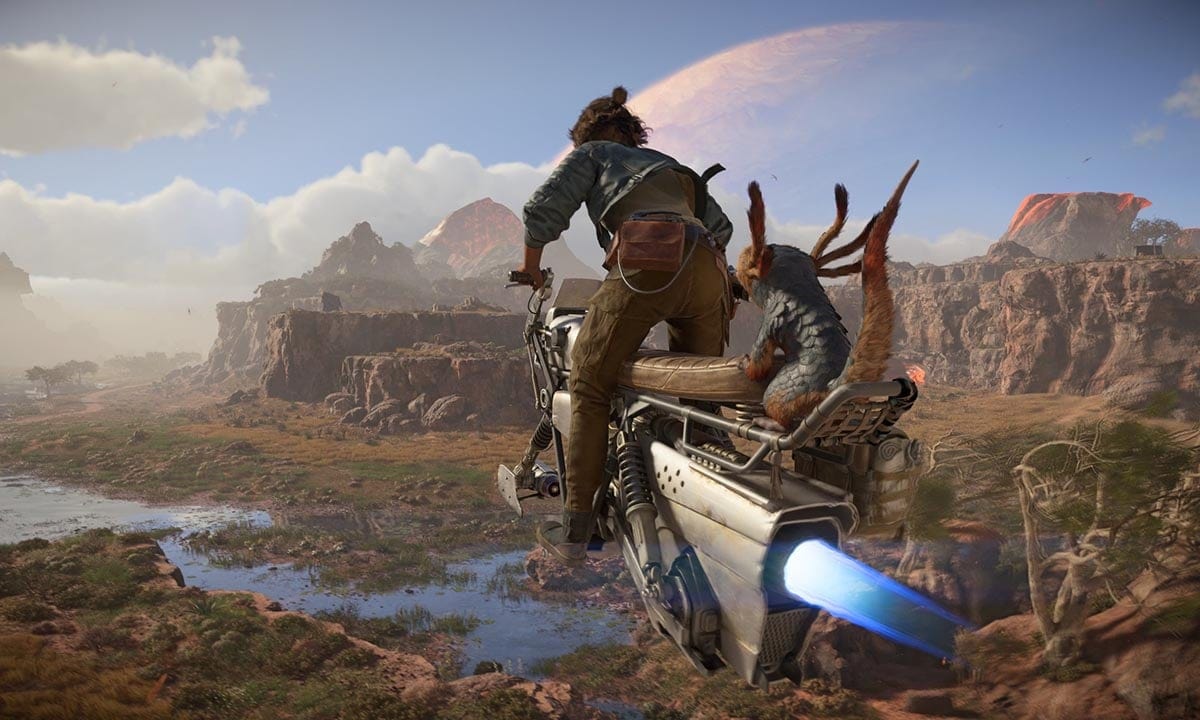
20. Star Wars Outlaws (Massive Entertainment)
Too many recent Ubisoft open-world games, despite being overloaded with side activities and graphical detail, leave you with a feeling of emptiness. By contrast, there’s a sense of dizzying abundance to Star Wars Outlaws, especially when it comes to simply immersing players in the setting and letting them explore. The developers have truly gone out of their way to make the settings reactive to the player. Like a galactic spin on a Grand Theft Auto Wanted Level, getting caught committing crimes escalates notoriety with the Empire, whose Imperial forces will respond in force. At the same time, Outlaws features a system for reputation, where the player’s standing with the four crime syndicates of the universe impacts mission and territory access. Nearly every mission will change Kay’s reputation with the factions, and different approaches to gameplay will invariably alter the rewards and opportunities. Ryan Aston
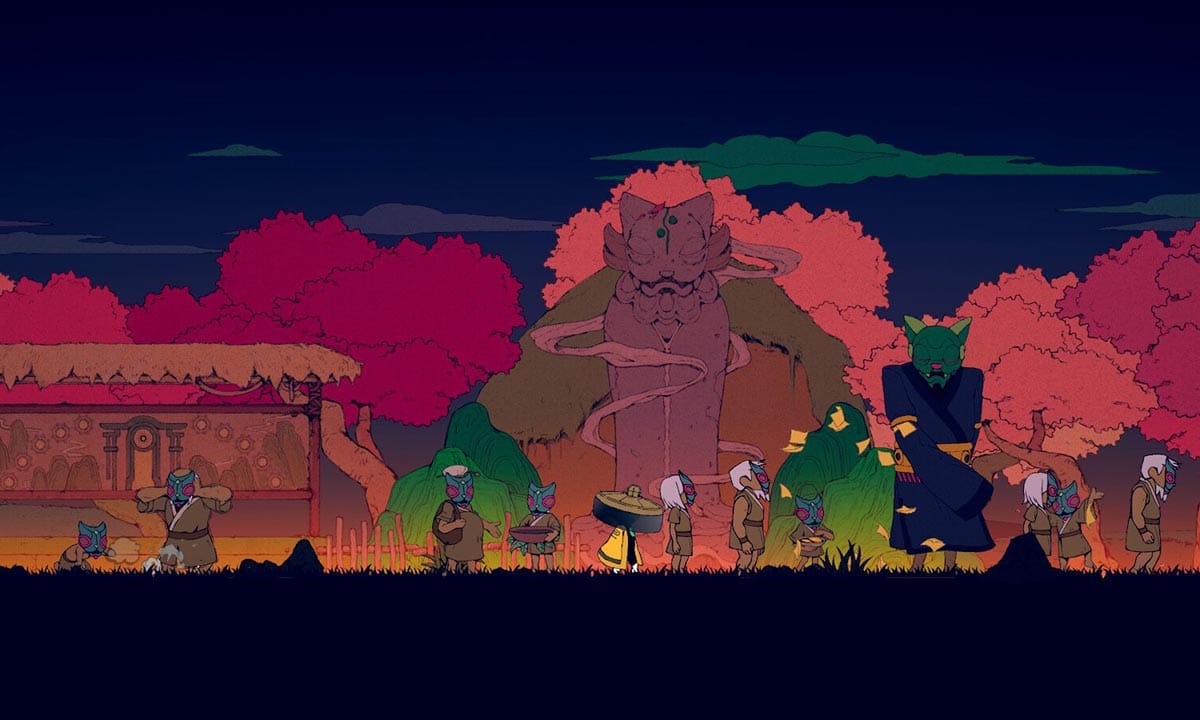
19. Nine Sols (Red Candle Games)
Filled as it is with anthropomorphic cats, acrobatic clashes, and ruminations on Taoism, Nine Sols has the air of a wuxia fable. Taiwanese studio Red Candle Games’s atmospheric Metroidvania begins centuries after a remarkably advanced feline race, afflicted with an untamable genetic disease, fled the planet they had bled dry, only to discover fatal flaws in their exit plan. As Nine Sols explores the departure’s fallout, it rejects neat moralization—choosing instead to wrestle with, and embrace, the unfathomability of fate and mortality. Combat, in the vein of Sekiro: Shadows Die Twice, generates an entrancing sense of rhythm with its emphasis on parries and explosive counterattacks. Defeating Nine Sols’s riveting, punishing bosses demands that you see battle through your playable character’s perspective: as both an art and a science. The result is mechanically, emotionally, and philosophically electrifying. Niv M. Sultan
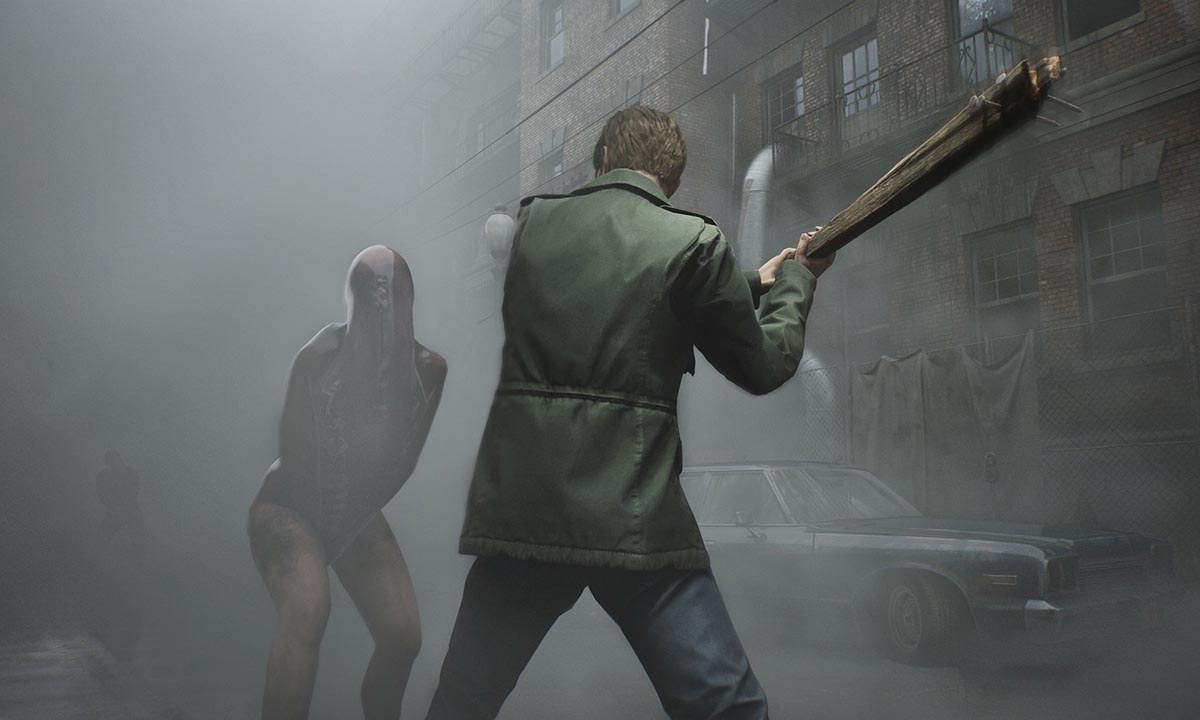
18. Silent Hill 2 (Bloober Team)
The original Silent Hill 2, at its most abstract, feels like Eraserhead and Skinamarink, while this remake is more akin to The Exorcist and Hellraiser. Some of the original’s identity, then, has been lost in bringing it up to code. But the trade-off for Silent Hill 2 feeling less hallucinatory and dreamlike and more concrete is that when, for example, Angela tells protagonist Sunderland about her abusive parents at one point, the former’s mocapped performance is far more believable. The graphical horsepower of the remake also means that most of the town’s enemies are so much easier to parse as broken female bodies twisted into spiteful, unholy threats that James is far too eager to stomp out when confronted. In the end, Bloober Team hasn’t made a game to replace the original so much as it’s made one that honors it, giving a uniquely and distressing tale a way to retain its power in a modern gaming landscape. Clark
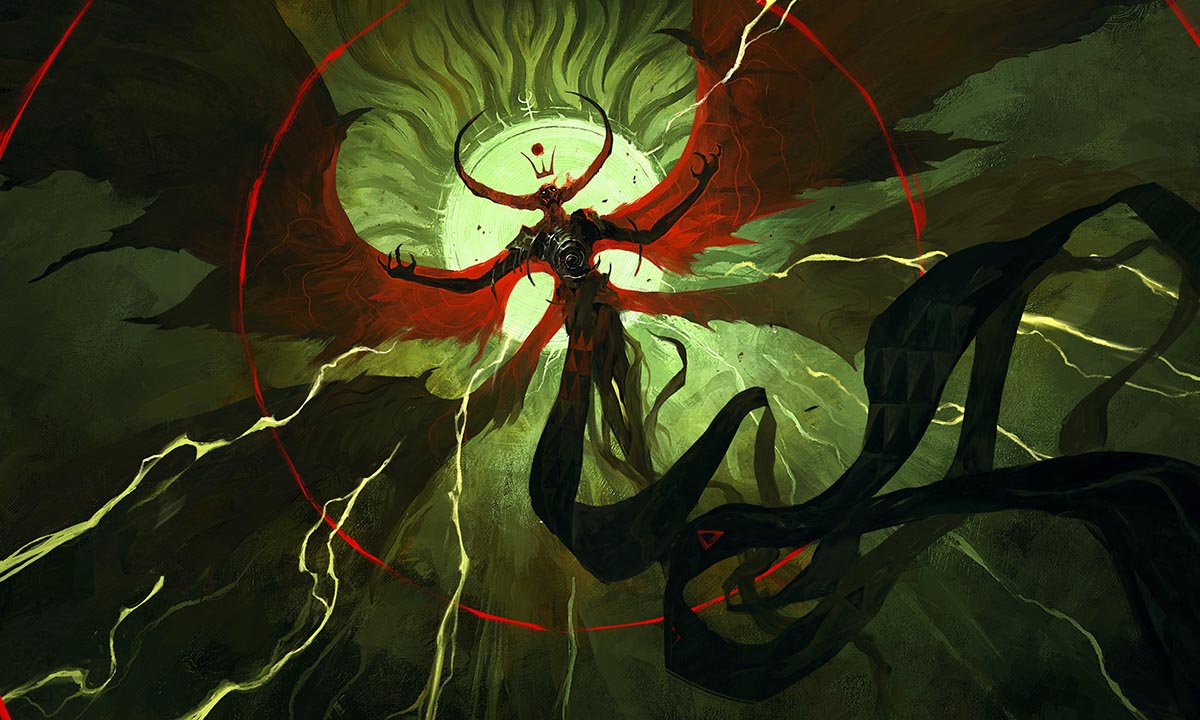
17. Solium Infernum (League of Geeks)
This Solium Infernum resembles an elaborate board game due to its measured pace and the tactile quality of your demonic holdings. Its masterstroke is how much commitment it requires, to the point that the simple act of moving a unit, the bread and butter of most strategy games, carries a weight on par with all manner of subterfuge that might better suit your purposes in the long term. Also, the game is played over such a long period of time and involves enough random elements that you can’t possibly form a foolproof plan, and such entrancing chaos is what makes Solium Infernum shine as a multiplayer experience. More so than the original, it feels as if this remake, given its specific brand of prolonged negotiations and conniving, will live and die by whether it grows that dedicated audience. Perhaps the greatest compliment I can pay the game is that I very much hope it finds one so I can play more of it. Scaife

16. Like a Dragon: Infinite Wealth (Ryu Ga Gotoku Studio)
In Like a Dragon: Infinite Wealth, the expected ooh’s and ahh’s about how pretty Hawaii can be give way to a surprisingly straight-faced look at how the effects of colonization, tourism, inflation, and xenophobia simmer on. And not only is the game the first to directly address the Covid-19 pandemic, it’s one of the few pieces of media to give a nuanced look at Hawaii’s unique political landscape, with a plot that ultimately indicts every foreigner—especially the organized criminals—to sully native lands. That makes for a game with a markedly different feel than anything else in the series. All of that is somehow able to break through even when Like a Dragon is back on its usual hilarious bullshit, where Kasuga is smacking around street thugs with giant Hitachi Magic Wands, delivering poke and pizza in a wild Tony Hawk/Crazy Taxi hybrid mini-game, and his new best friend is a cabbie who scrubs enemies to death. Clark
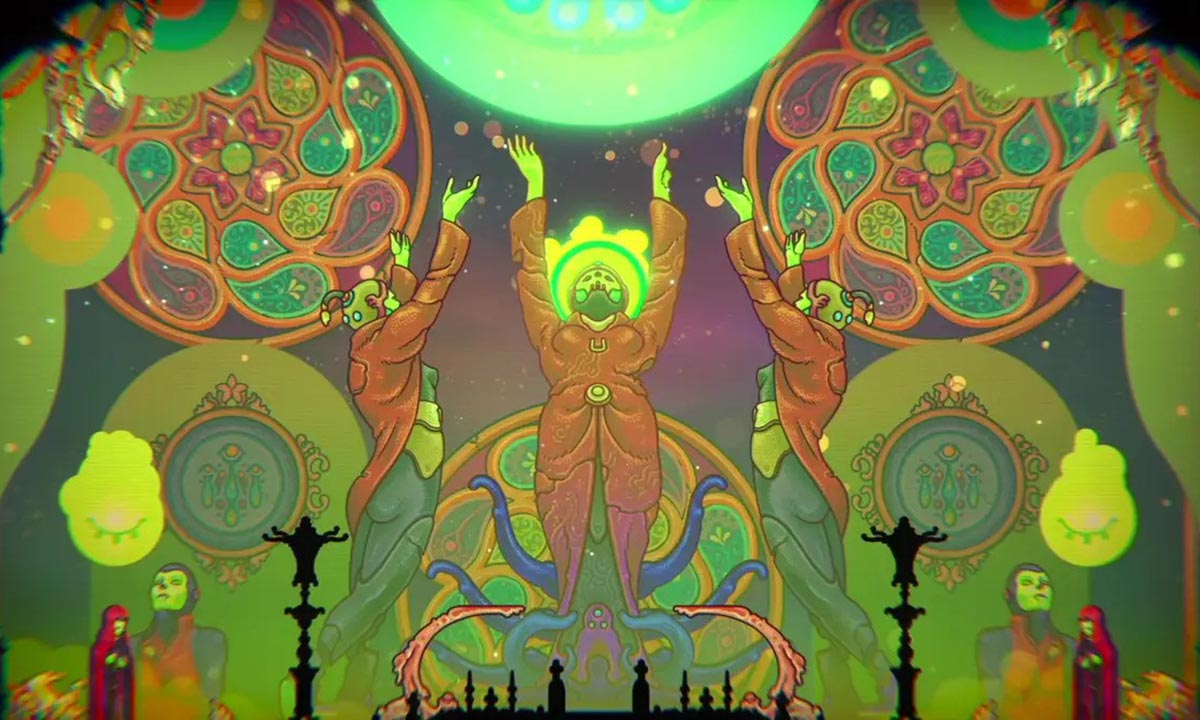
15. Ultros (Hadoque)
Every inch of Ultros attests to its themes of ecological preservation. The title is illustrated in a way that reflects the game’s cyclical growth patterns, each letter mutating a bit more than the previous one; the in-game font looks like a clustering, wriggling mass of bacterium; and the lurid, psychedelic setting known as The Sarcophagus plausibly depicts the behaviors of a living spaceship. Everything, big and small, within this revitalization of the Metroidvania works to stylishly demonstrate the game’s commitment to giving life to ecosystems. Indeed, possibly the most impressive thing about Ultros is the extent to which it goes out to justify every single choice that it makes. The time-loop mechanism isn’t being utilized because it’s trendy, but rather because it underlines how the time and deliberation that it takes to repair The Sarcophagus is of a piece with the ecological heart and soul of the game. Riccio
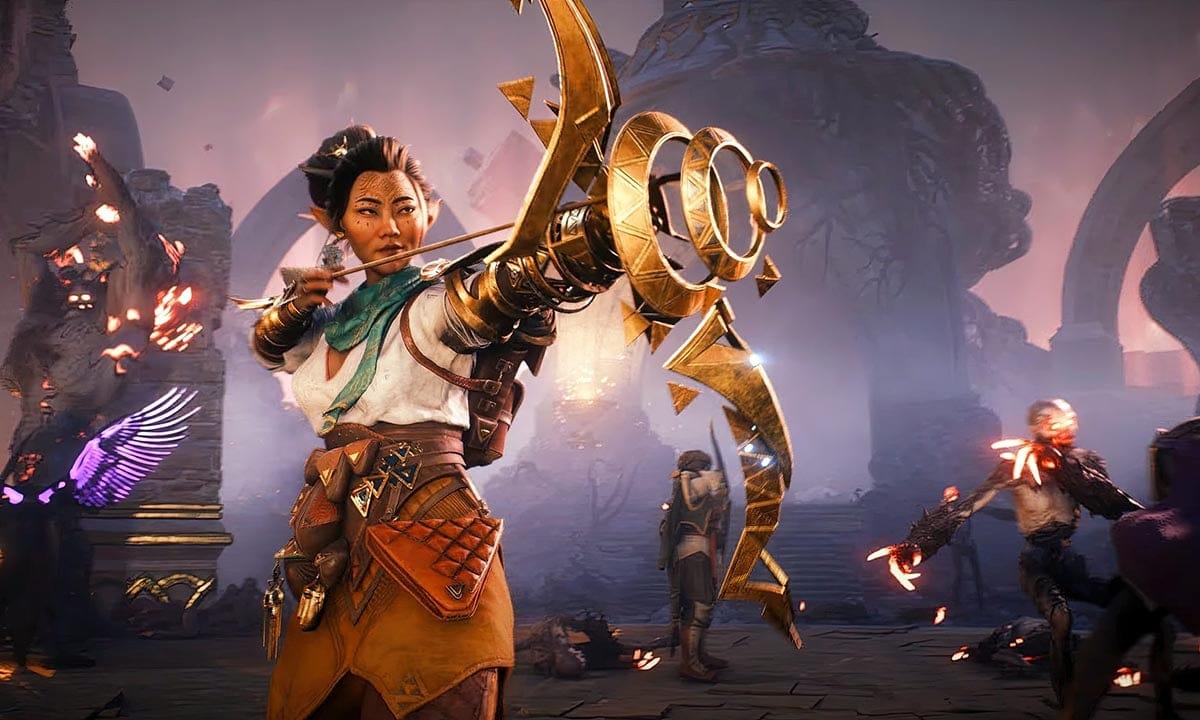
14. Dragon Age: The Veilguard (BioWare)
A sequel to Dragon Age Inquisition, Dragon Age: The Veilguard reunites players with dwarven storyteller Varric Tethras and his playable companion Rook as they attempt to stop elven god Solas from tearing down the mystical Veil separating the living world from the demon-infested fade. The game subverts the darker tone and openness of earlier series entries with a more focused narrative dealing with the personal struggles of Rook’s companions in lockstep with the overarching apocalyptic conflict. Each member of Rook’s motley crew is a strong, well-drawn individual with their own unique background and inner battles, and it’s a joy to experience their stories as Veilguard reaches its world-altering climax. All of this is boldly presented through the game’s unique colorful storybook art style, perfectly illustrating Varric’s adage that “there’s power in stories. That’s all history is: the best tales. The ones that last.” Aston
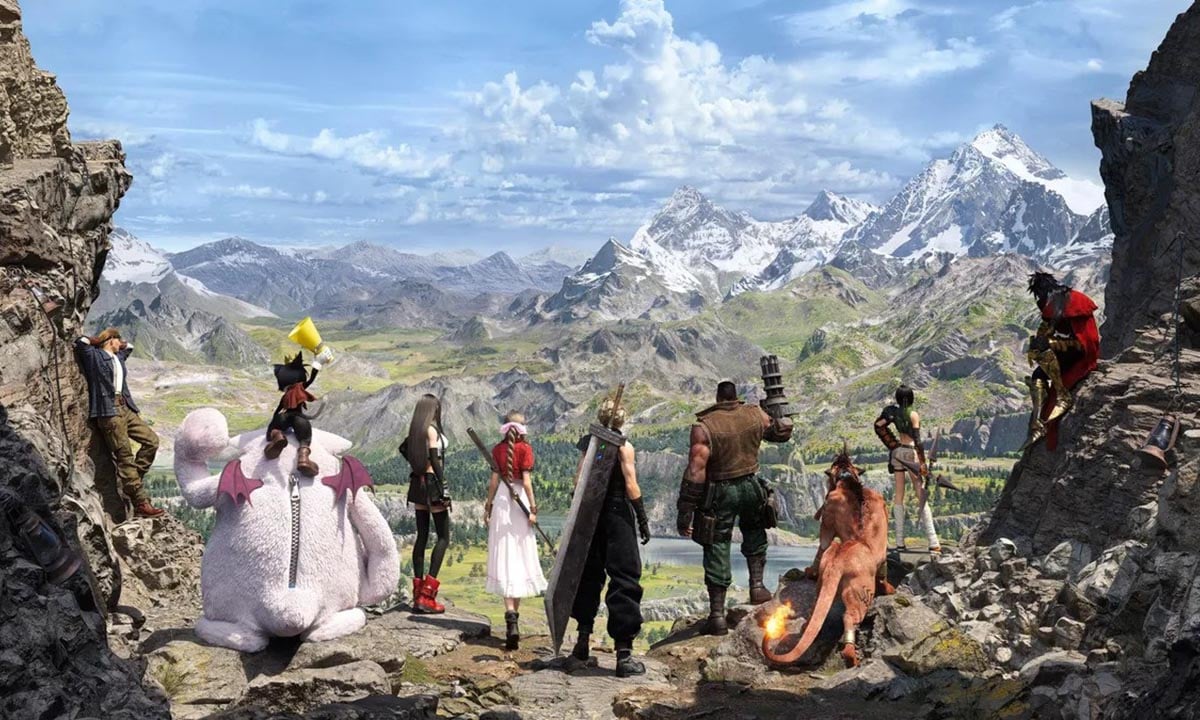
13. Final Fantasy VII Rebirth (Square Enix)
Final Fantasy VII Rebirth’s greatness lies in its granular concreteness. Even in sand-blasted deserts of poverty like North Corel, on the western continent of the planet, it feels like there’s a story explaining why every square foot of the world is the way it is, some piece of history to learn, some weird quirky minigame to play, a flashback waiting to be unearthed, some local resource to be found that only grows in what only seems like the middle of nowhere. More than this, Rebirth puts a premium on learning how and why the world functions the way it does instead of trying to bend the world to your will. Progress requires talking to locals, scavenging ruins to find out what kind of vehicle or chocobo will get our heroes where they need to go. Throughout, the game’s deep-seated respect for the natural world is refreshingly at odds with the “do what thou wilt” approach of most modern open-world games. Clark
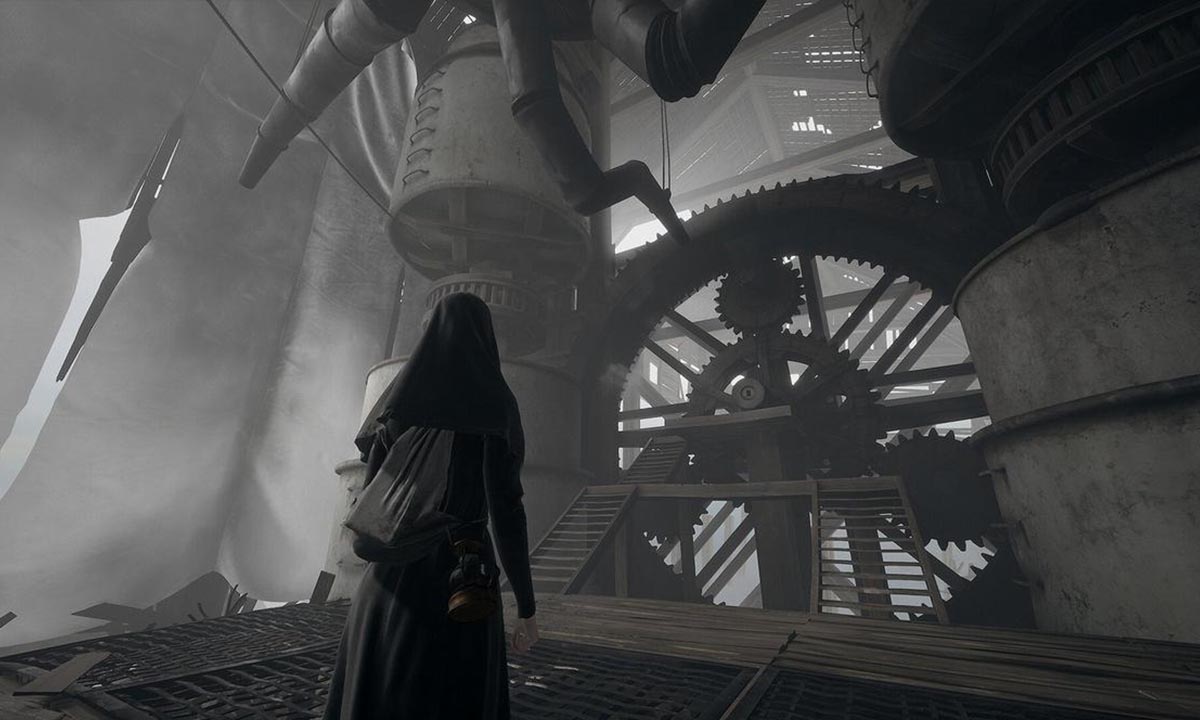
12. Indika (Odd Meter)
As a young nun in 19th-century Russia, one of the first things you do in Indika is fill up a bucket of water five times, carrying it back and forth from the well. You get points for doing so, and the more points you have, the more God loves you. Other sources of God’s love include finding spiritual collectibles, lighting candles at shrines, and hitting the “pray” button at the right moment. The point system is a clever expression of the nun’s internal struggle as the Devil hisses in her ear. After a while, it feels as though she can only understand the most arbitrary tenets of her faith by game-ifying them. To heighten the absurdity, the points are represented as little pixelated icons that clash hilariously with the realistic 3D models. Carried by philosophical dialogue and evocative camerawork, Indika’s character-driven story is a viciously funny yet poignant parody of religious fervor and video game mechanics all at once. Scaife
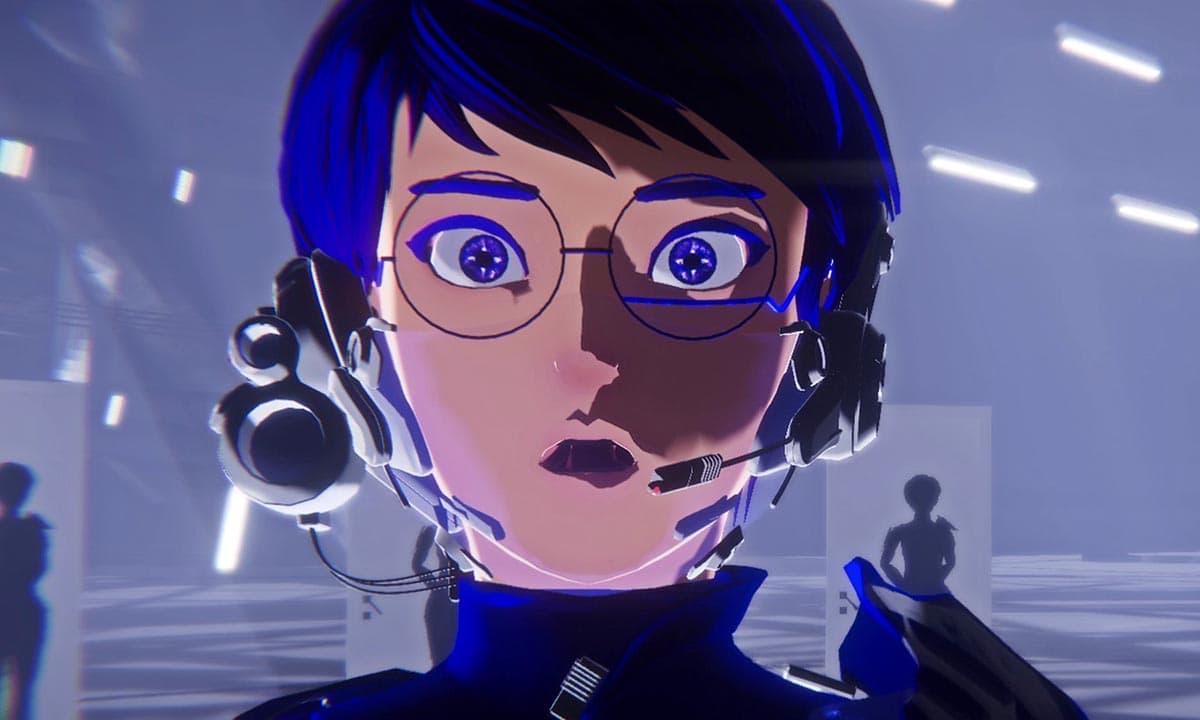
11. 1000xResist (sunset visitor 斜陽過客)
At the heart of 1000xResist is a nightmare experienced by a teenage girl, Iris, traumatized by her experiences during Hong Kong’s very real and recent political turmoil. That trauma ripples throughout generations—of clones of Iris governed by an unfeeling Allmother, to be precise—but the scope of sunset visitor 斜陽過客’s vision of an unknowable future turns that trauma into everyone’s problem, in this world and beyond. More than that, the game argues that it deserves to be, just as space needs to be not just given, but demanded for people to reckon with it in their own way. But it’s a messy process, and made messier by the ugly confluence of technology, religion, and psychology, not to mention the memory-eating alien threat that’s already decimated the Earth. 1000xResist is an unexpected bullet to the temple, an exploration of societal pain dressed up by wonderfully dense dialogue, expansive sci-fi writing, and an unfathomably deep pool of ideological reference points. Clark
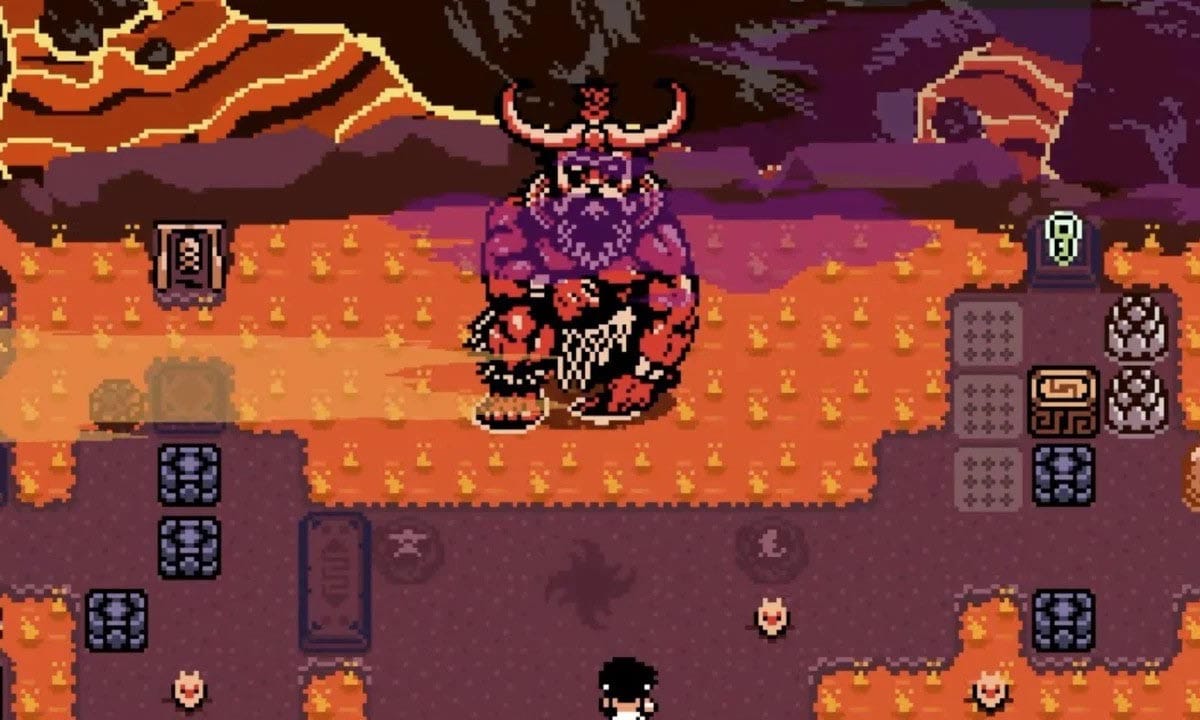
10. Isles of Sea and Sky (Cicada Games)
This engaging Zelda-meets-Sokoban puzzler is all about reading the room. On each screen, players face novel block pushing puzzles based on the four elements, and which are anything but elementary. The game-elevating trick is that there’s often more than one puzzle visible at once, and not all of them are immediately solvable, which leaves it to players to figure out which tools are actually helpful. A first pass on each of the four main islands is spent naturally discovering how each new tile and block operates as you open shortcuts and collect magical stones. After awakening each island’s spirit, the game’s multiple layers spring to life as new solutions and pathways become available. The surprises don’t stop there, and each new combination of abilities allows the game to feel consistently fresh and engaging, especially as you start to solve the deeper multi-room meta-puzzles that tie each island together. Aaron Riccio
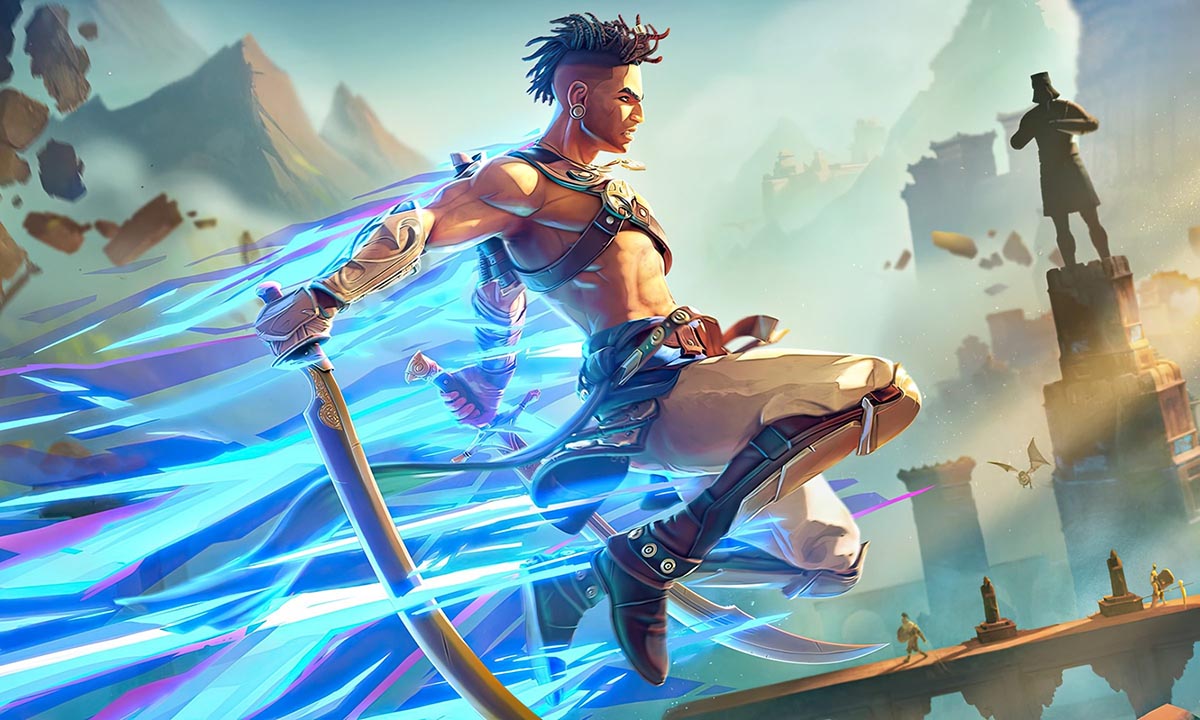
9. Prince of Persia: The Lost Crown (Ubisoft)
Prince of Persia: The Lost Crown convinces players to see both traversal and combat as two halves of a whole, with impressive, multi-phase bosses that throw many attacks at you to acrobatically dodge and precisely parry. The fluidity of combat informs the platforming and vice versa, all while gentle checkpointing allows players to remain engaged in mastering harder segments. It helps, too, that Mount Qaf is a cleverly designed place to get lost in. It’s fascinating to see all the ways in which time flows (or doesn’t) throughout the game’s varied regions. These places not only serve narrative purposes, but also thematic ones, in that the astral clockwork calendars of the Upper City demonstrate the terrifying effects of broken time as much as the encounters that Sargon may have with alternate versions of himself. Put simply, time isn’t merely an effect in The Lost Crown—it’s the consequential core of the game. Riccio
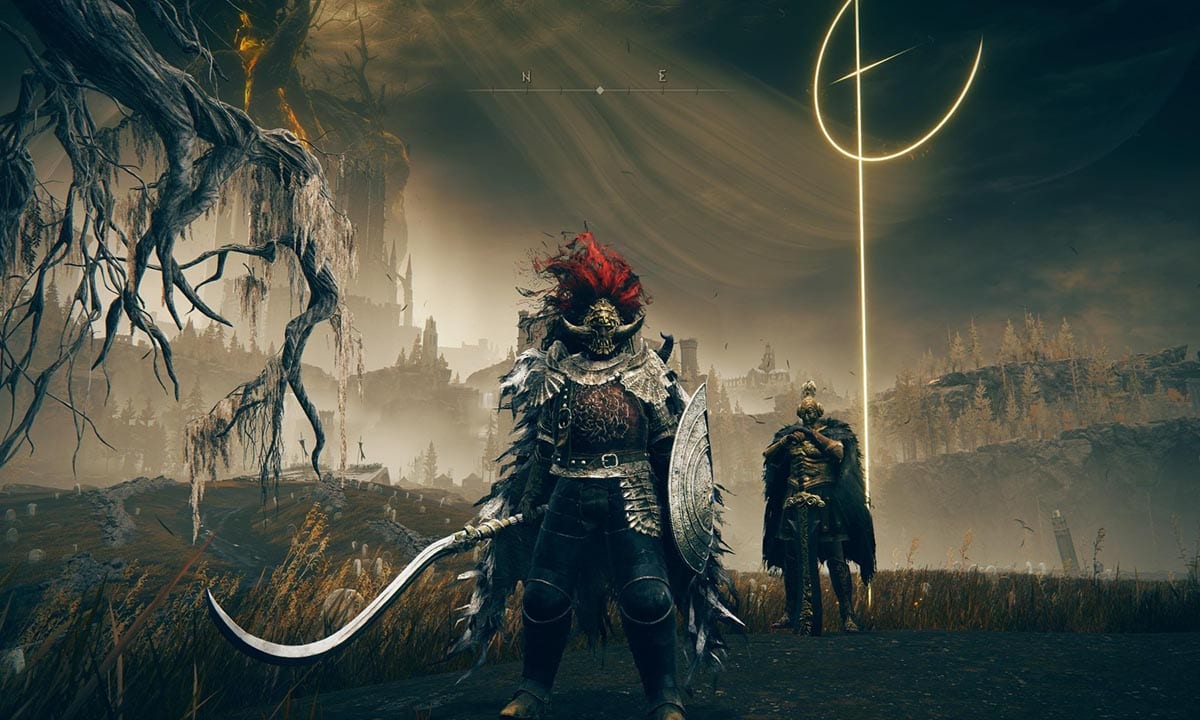
8. Elden Ring: Shadow of the Erdtree (FromSoftware)
Elden Ring: Shadow of the Erdtree is more about adding a bit of spice to a perfect recipe than a different main course, though the portions will sure have players fooled, as they tack another few dozen hours onto Elden Ring’s already enormous playtime. The Realm of Shadow is massive, and while not as far-reaching as the Lands Between, it’s more dense, intricate, and vertical, with jagged, imposing mountains to scale, cave systems to explore, and a slew of tiny dungeons of varying length, and it will all require you to take multiple leaps of faith. The Realm of Shadow also isn’t lacking for impressive, unique biomes, though (perhaps thankfully) nothing here is as primally terrifying as Caelid in the base game. Then again, there’s also a village where innocents are butchered and liquified into sentient jars. As always, the terror of a FromSoftware game is always there if you look close enough. Clark
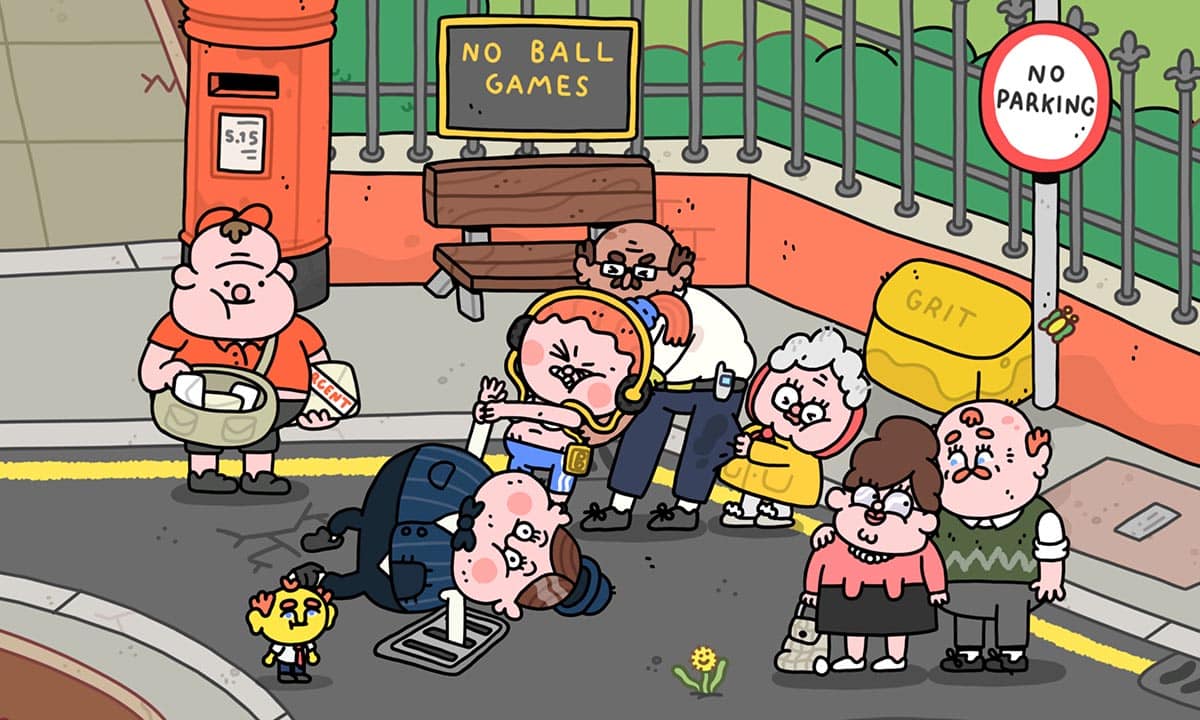
7. Thank Goodness You’re Here! (Coal Supper)
“Matt Berry stars in it” would have been a valid argument on its own for Thank Goodness You’re Here! as one of the best experiences in gaming this year, but the fact that he’s only a small piece of the game’s success should speak volumes. Comedy just isn’t one of those things that games do particularly often or well—at least intentionally—so the fact that Thank Goodness You’re Here is stomach-crampingly hysterical is a creative miracle. And there’s no telling from scene to scene where the comedy will come from. Every square inch of the British hamlet of Barnsworth is packed with oddballs, absurdities, wordplay, even the occasional unholy Ken Russell-esque terror. At the heart of it, though, is the town itself, a certain type of benign Nowheresville whose conservatism makes it the perfect straight man for the cartoonishly lumpy Bosch painting that developer Coal Supper wind up creating within it. Clark
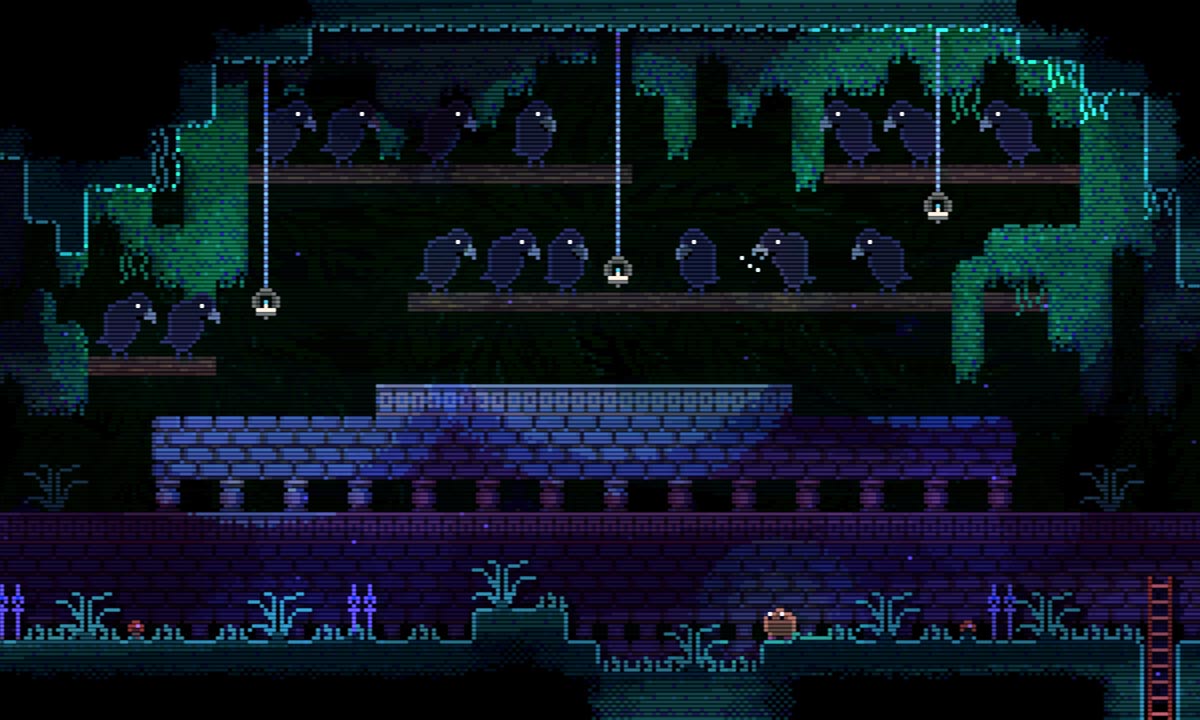
6. Animal Well (Billy Basso)
There’s a bit of popular wisdom about games made using a retro aesthetic that says they ought to look, sound, and play like your nostalgic memory of them, rather than being actual recreations. Animal Well, from developer Billy Basso, looks, sounds, and plays in a way that, had it existed 30 years ago, might have made you think your cartridge was haunted. Despite its litany of tricks, the game is relatively simple at its core, with little in the way of an overarching mystery or narrative to push you along. And while the lack of long-term hooks sometimes makes the game feel a bit slight, the single-minded attention to the in-the-moment pleasure of the gameplay creates a focus that is meditative rather than expansive. Animal Well isn’t some grand adventure or sweeping artistic statement. It’s just a boatload of tiny interconnected puzzles, woven together to form an almost unimaginably intricate web. Demorest
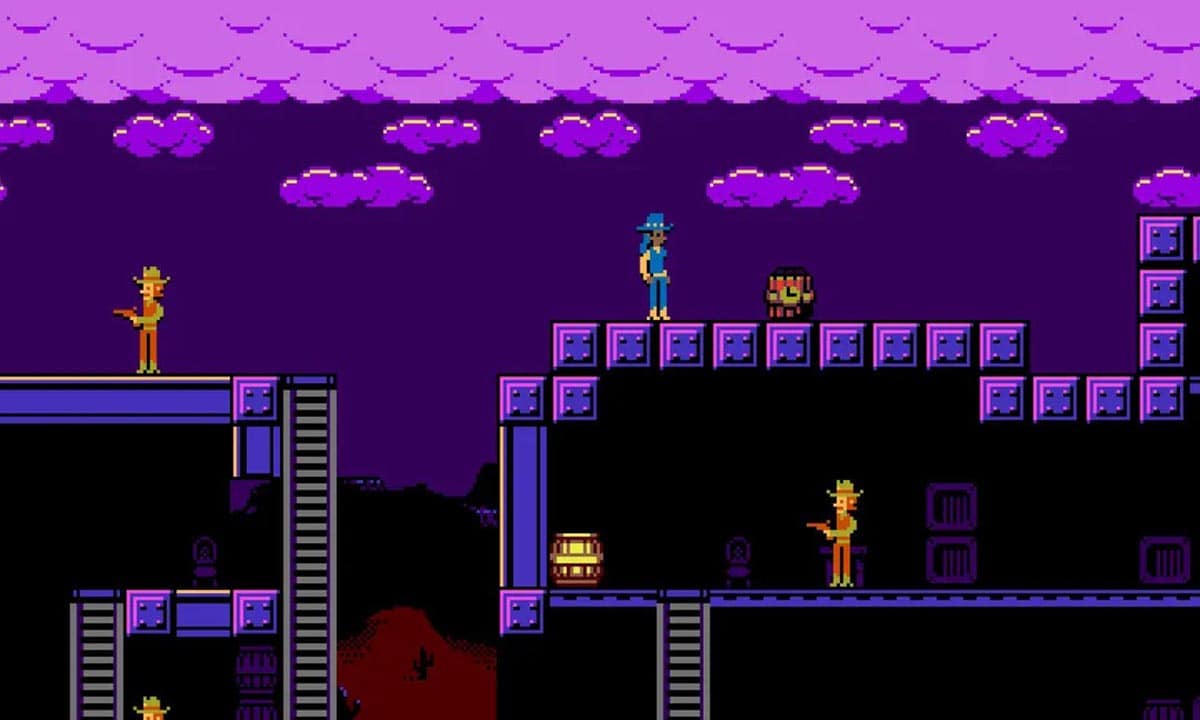
5. UFO 50 (Mossmouth)
Some of the NES-era recreations that appear on Mossmouth’s UFO 50 are hampered by old-school conventions, like limited lives, or by the simple fact that they don’t really have tutorials. But that’s by design, and even a badge of honor, as they’re framed as the creations of a fictional company, UFOSoft, that developed games in the 1980s. The main unifying element here is the concept of the titular fictional console, which means many games are sequels or spinoffs. And the staggering soundtrack, as a whole, may be the year’s best, punching up even the most rote genre exercises. Though the creators of UFO 50 have made it clear that this is a hefty collection (“These are NOT minigames or microgames!”), the project’s scope doesn’t quite hit you until you’re looking at the main menu and 50 full-fledged games are staring back at you. Demorest
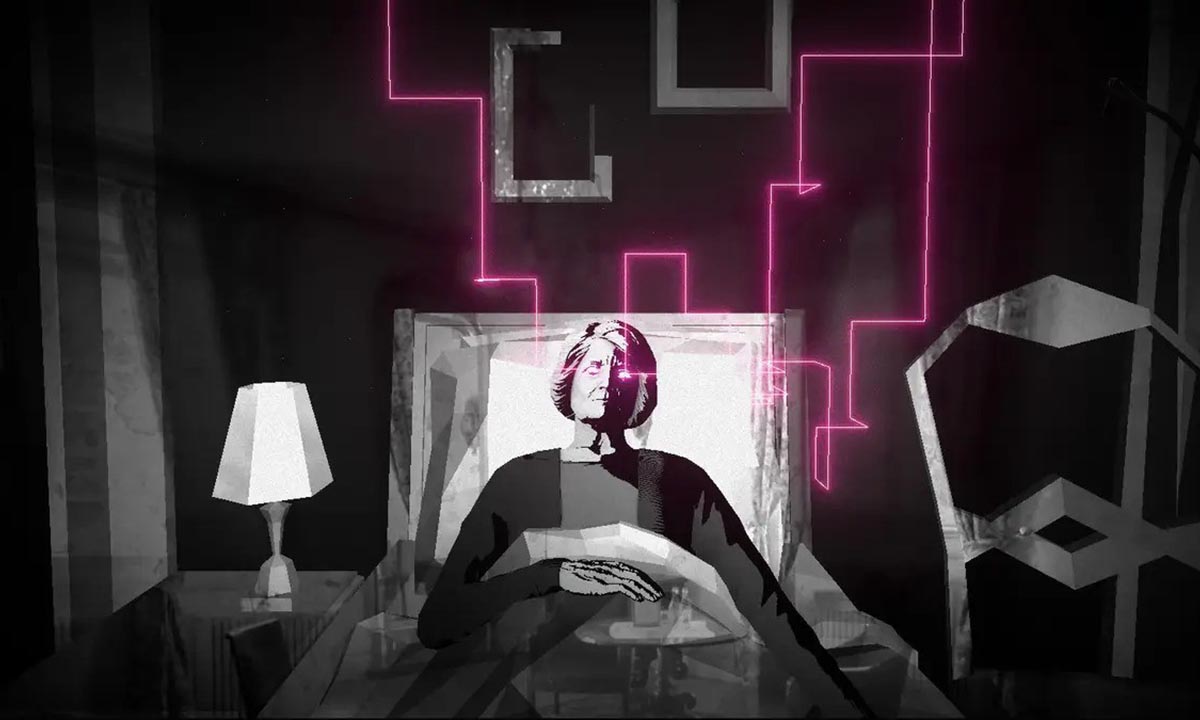
4. Lorelei and the Laser Eyes (Simogo)
Of the many different puzzle types in Lorelei and the Laser Eyes, the central one is a maze, and the way in which you interact with it speaks to the game’s all-encompassing brilliance. It’s a credit to the Simogo team’s incredibly sharp writing that however obtuse the game’s puzzles may seem at times, they never feel unsolvable. As noted in one of the many bits of sumptuous flavor text scattered about the Hotel Letztes Jahr: “Getting stuck is one of the key parts of the process.” And in holding true to the manifestos of the artists at the heart of the story, Lorelei and the Laser Eyes manifests puzzles as art, requiring the proper interpretations of mixed-media sculptures, paintings, and more. It’s all one unexpected thrill after another as you go deeper and deeper into a maze of memories, metaphors, and magic. Riccio
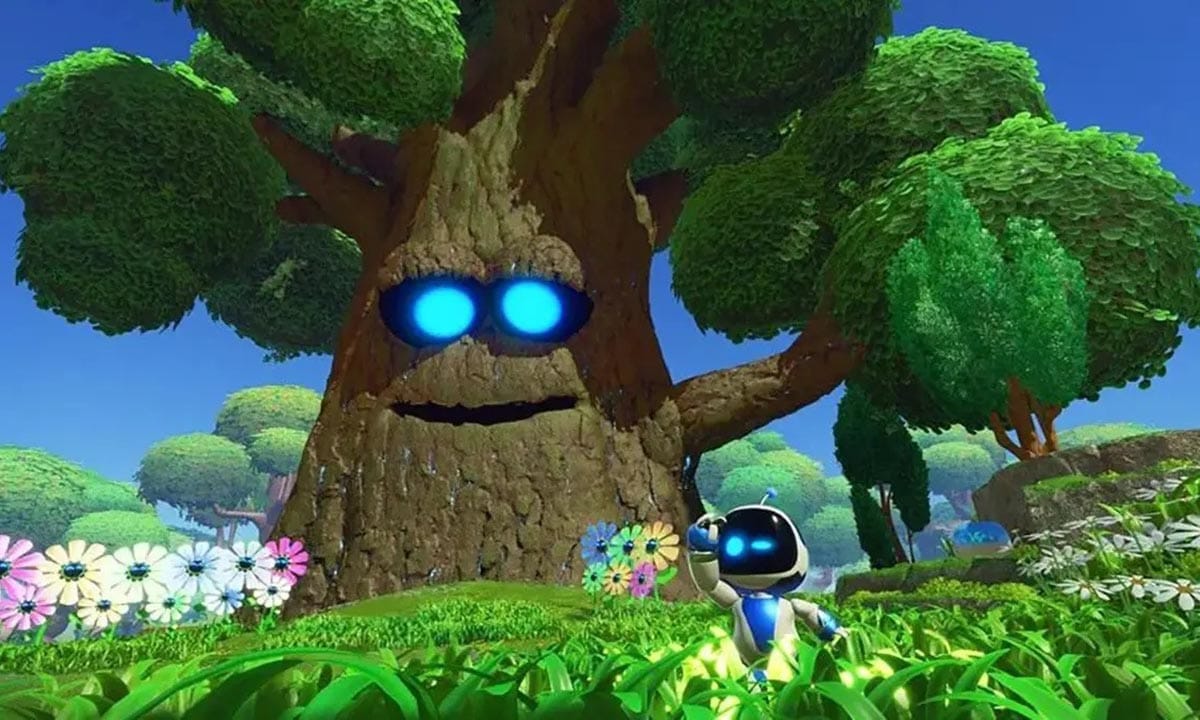
3. Astro Bot (Team Asobi)
As great as Astro’s Playroom was, it’s a mere tech demo compared to what Astro Bot is more than just a big, beautiful celebration of PlayStation gaming over the last 30 years or so, but an absolute triumph of just straight-up, uncompromised, guileless fun in video games in general. Just like with the other Astro Bot games, all it takes is five minutes for the game to endear itself to players. There’s plenty of smartly executed nostalgia at play here, but the game does more than appeal to our fondness for past delights. Throughout, it uses its various characters to memorably tell tiny stories within the space, and every square inch of the galaxy is an invitation to explore, mess around, marvel, and laugh. Even while it offers its share of challenges, it’s designed in such a way to allow for fast, repeated tries instead of punishments. Astro Bot’s galaxy is alive, and vibrant, and welcoming. It’s a place to genuinely and truly play. Clark
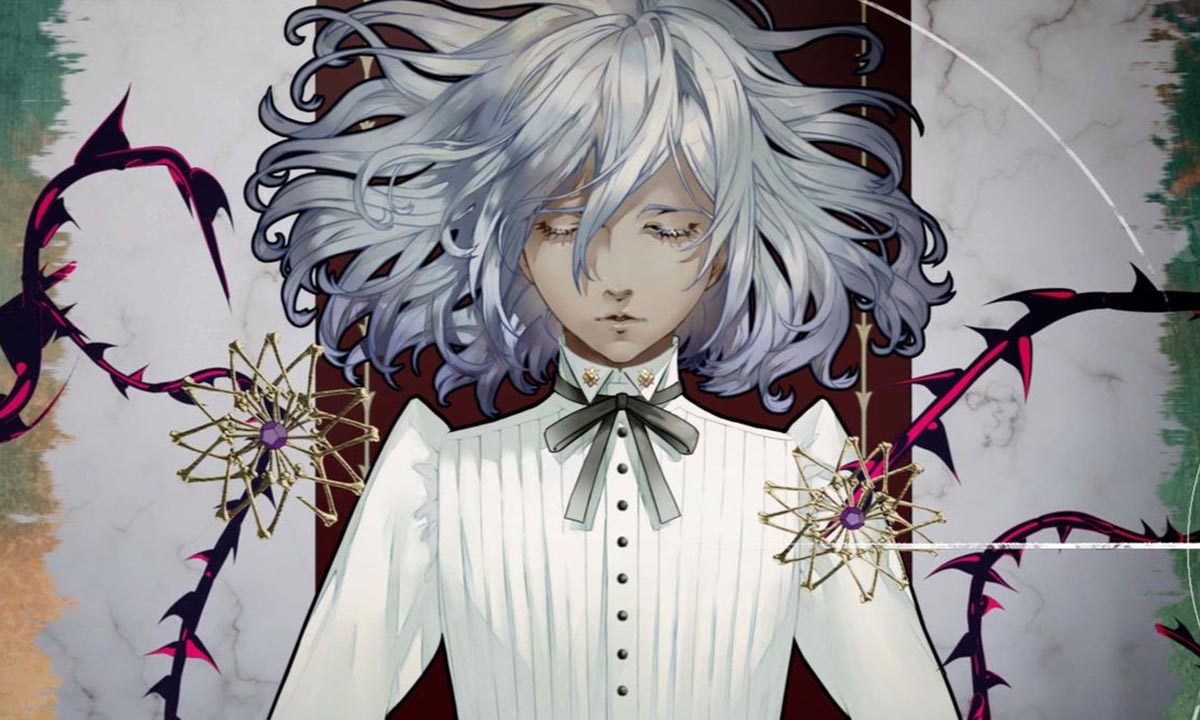
2. Metaphor Re:Fantazio (Studio Zero)
Metaphor: ReFantazio is a brilliant rebuttal to those who think that politics have no place in video games. The opening sequence begins with a book being flipped open as an unseen voice breaks the fourth wall, asking you to name not just the protagonist, but yourself, the person who will be guiding them. Every inch of what follows in this stylish fantasy successor from the Persona team is a message to you about the perils of unchecked anxiety and the societal ills that stem from inequality and discrimination. ReFantazio has a nearly hour-long, combat-free epilogue that jumps forward in time to demonstrate the consequences of the decisions you’ve made, and it’s not only as compelling as everything prior, but it’s perhaps the most political part of the whole campaign. Here, too, ReFantazio shows you that it values the big life-or-death boss battles that put your ideals to the test and the ripple effects of their consequences. Riccio
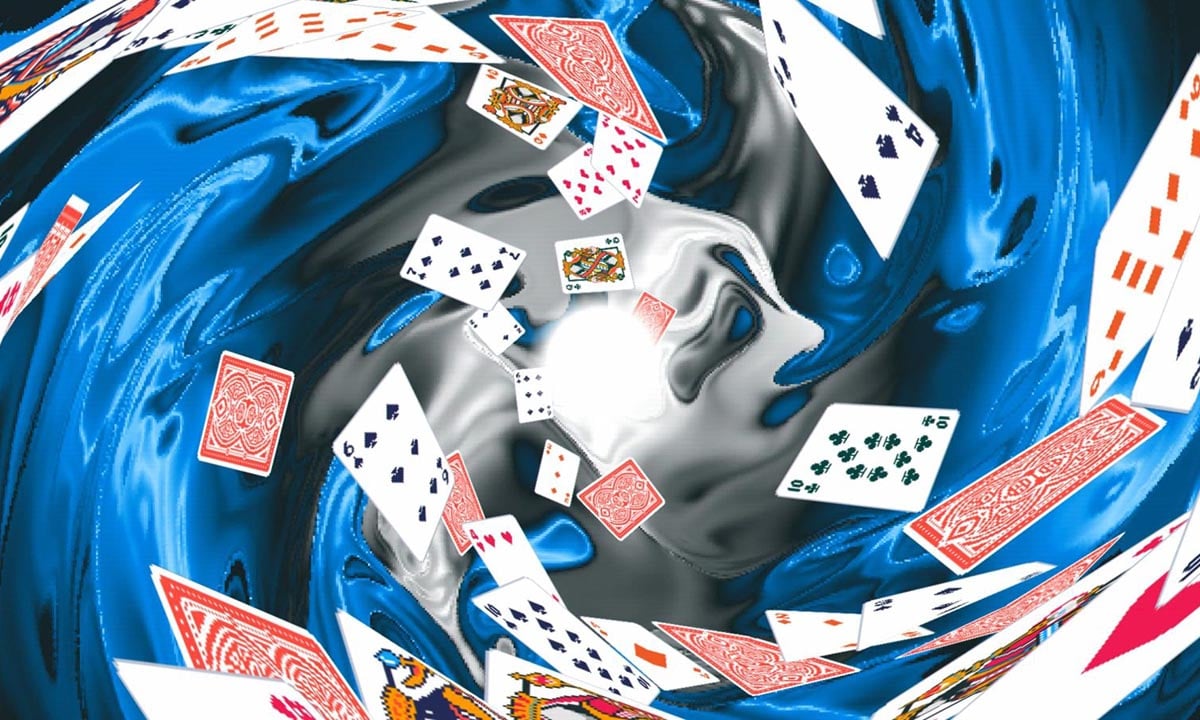
1. Balatro (LocalThunk)
Maybe it’s the fact that developer LocalThunk had reportedly never played a deck-builder before that makes Balatro so much more exciting than most of the competition. Where plenty of games offer up riffs on the formula pioneered by Dream Quest and popularized (and honed) by Slay the Spire, Balatro feels sui generis. In most roguelike deck-builders, the wide selection of cards and buffs you can win or purchase makes each run a process of perfecting the racing line on your way to an idealized deck. Here, the relatively small slice of the game’s huge array of game-changing Jokers on sale at any given shop forces you to improvise in wildly unpredictable ways, often pushing you so far as to change plans drastically midstream—less Olympic slalom and more drunken cross-country. And the recklessness of its scaling—demanding exponentially higher scores as you progress into the aptly named Endless Mode—gives the sensation of trying desperately to outrun an avalanche that will inevitably swallow you whole. Demorest
Our Runners-Up
The Outlast Trials (Red Barrels), Judero (Talha and Jack Co.), I Am Your Beast (Strange Scaffold), Indiana Jones and the Great Circle (MachineGames), The Legend of Zelda: Echoes of Wisdom (Nintendo and Grezzo), Conscript (Jordan Mochi and Catchweight Studio), Kunitsu-Gami: Path of the Goddess (Capcom), Botany Manor (Balloon Studios), CorpoNation: The Sorting Process (Canteen), Destiny 2: The Final Shape (Bungie), Dragon’s Dogma 2 (Capcom), Minishoot’ Adventures (SoulGame Studio), Mullet Madjack (HAMMER95), Unicorn Overlord (Vanillaware), Kill Knight (Playside Studios Ltd)
Since 2001, we've brought you uncompromising, candid takes on the world of film, music, television, video games, theater, and more. Independently owned and operated publications like Slant have been hit hard in recent years, but we’re committed to keeping our content free and accessible—meaning no paywalls or fees.
If you like what we do, please consider subscribing to our Patreon or making a donation.
